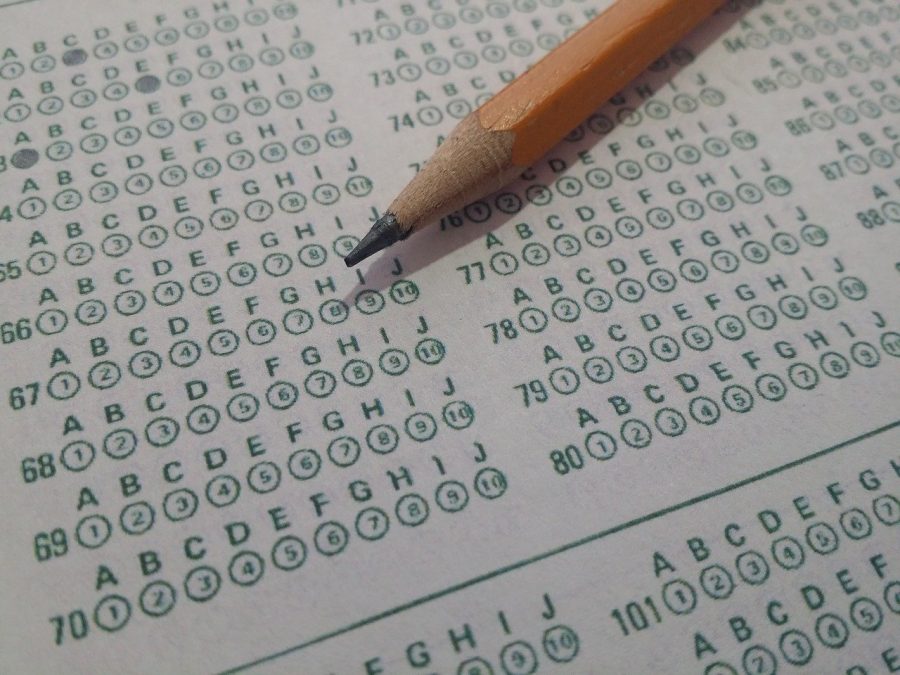The Digitalization of the SAT
March 10, 2022
As we have become more advanced in technology, the paper SAT has been deemed too lengthy and inconvenient and has been replaced by a shorter, digital version. In 2023, these digital tests will begin to be ushered in and administered internationally, and by 2024, these tests will also be available in the U.S. While these tests are more convenient to proctors, as well as increasing confidence in test-takers, the elephant in the room is: will academic integrity become compromised in adopting this new, universal standard?
The digital test will feature shorter reading passages, calculators permitted throughout the math section, and a shorter time between the period a student takes the test and receives their results.
According to Natalia Cossio, an 11th grade student from Fairfax County, Va who participated in the digital pilot, “It felt a lot less stressful, and a whole lot quicker than I thought it would be.” She felt that, “The shorter passages helped me concentrate more on what the question wanted me to do.”
As well as making it easier for students, the digital tests would also make it simpler for proctors to explain the directions. The once lengthy and monotonous explanation period of the directions would transform into a smooth transition between the introduction to the test and the test taking stage. On each individual’s computer screen, there would be the directions, which eliminates this unnecessary hassle.
According to Priscilla Rodriguez, the vice president of College Readiness Assessments at College Board, “The digital SAT will be easier to take, easier to give, and more relevant.”
While the digitalization of the SAT presents multiple benefits, the integrity of those taking the tests arises. We have already seen a similar situation in society which had a negative outcome. In 2020, online learning arose to avoid transferring covid, and students took advantage of this by partaking in cheating.
According to ProctorU, a company that provides online exams, it was found that in 2020 from January to March cheating was caught, “on fewer than 1 percent of the 340,000 it administered.” During the height of remote learning, “the number of exams it supervised jumped to 1.3 million from April through June, and the cheating rate rose above 8 percent.”
While the digital SAT tests administered may seem unsafe and the possibility of cheating may seem inevitable, the SAT tests have affirmed that they are a safe and viable option. These new tests will vary among students so sharing answers is impossible, and screens will be monitored, making it futile to search the internet for possible answers.
The new SAT is a viable option for a changing society, accommodating the students as well as the proctors. The digitized version also keeps itself safe from those willing to take advantage of this luxury.

